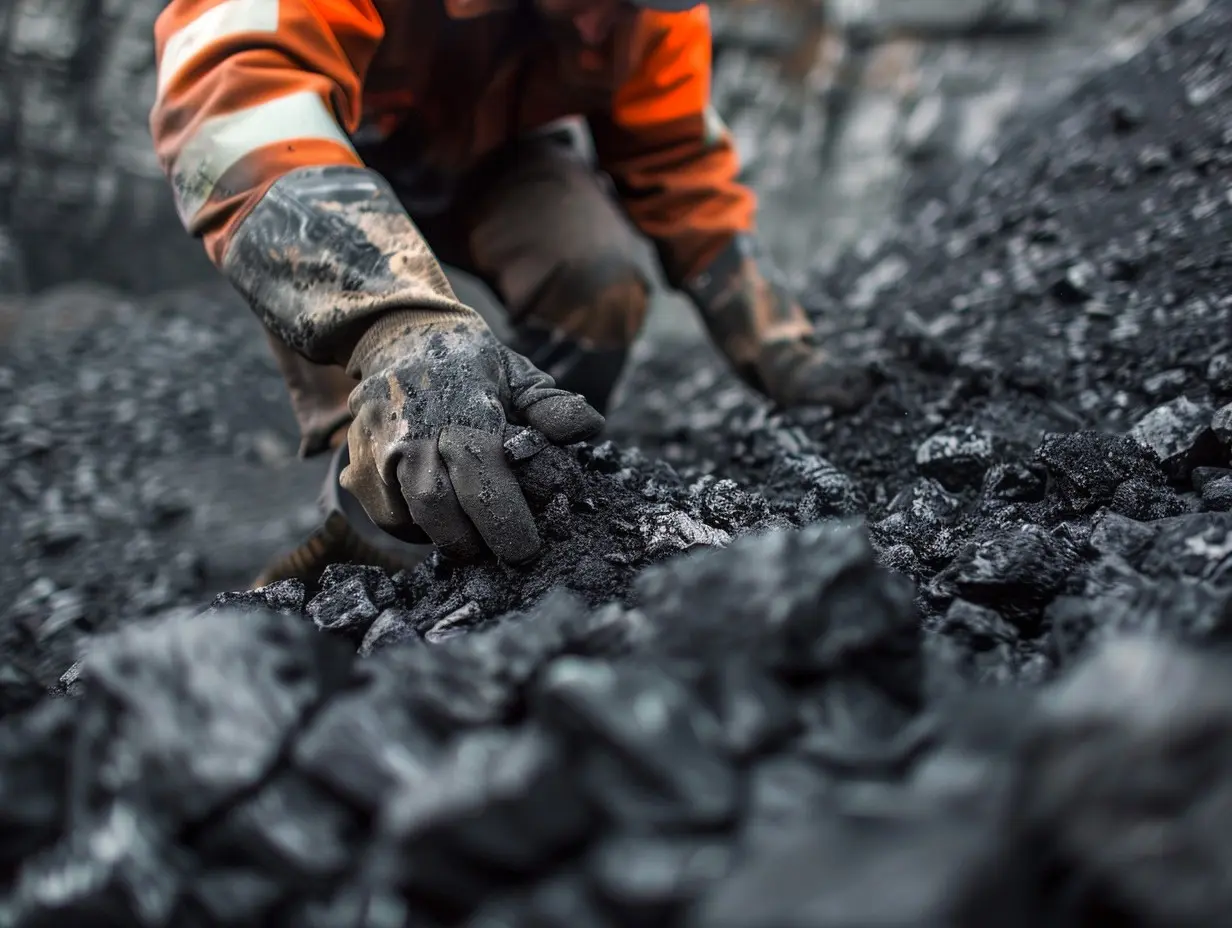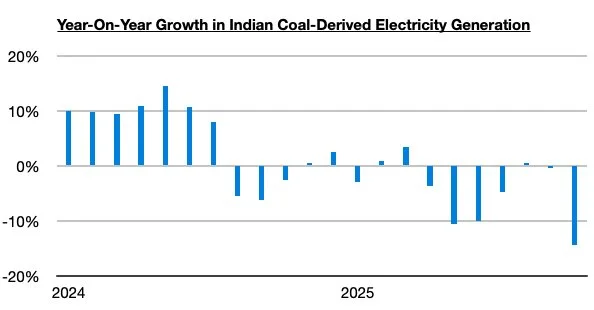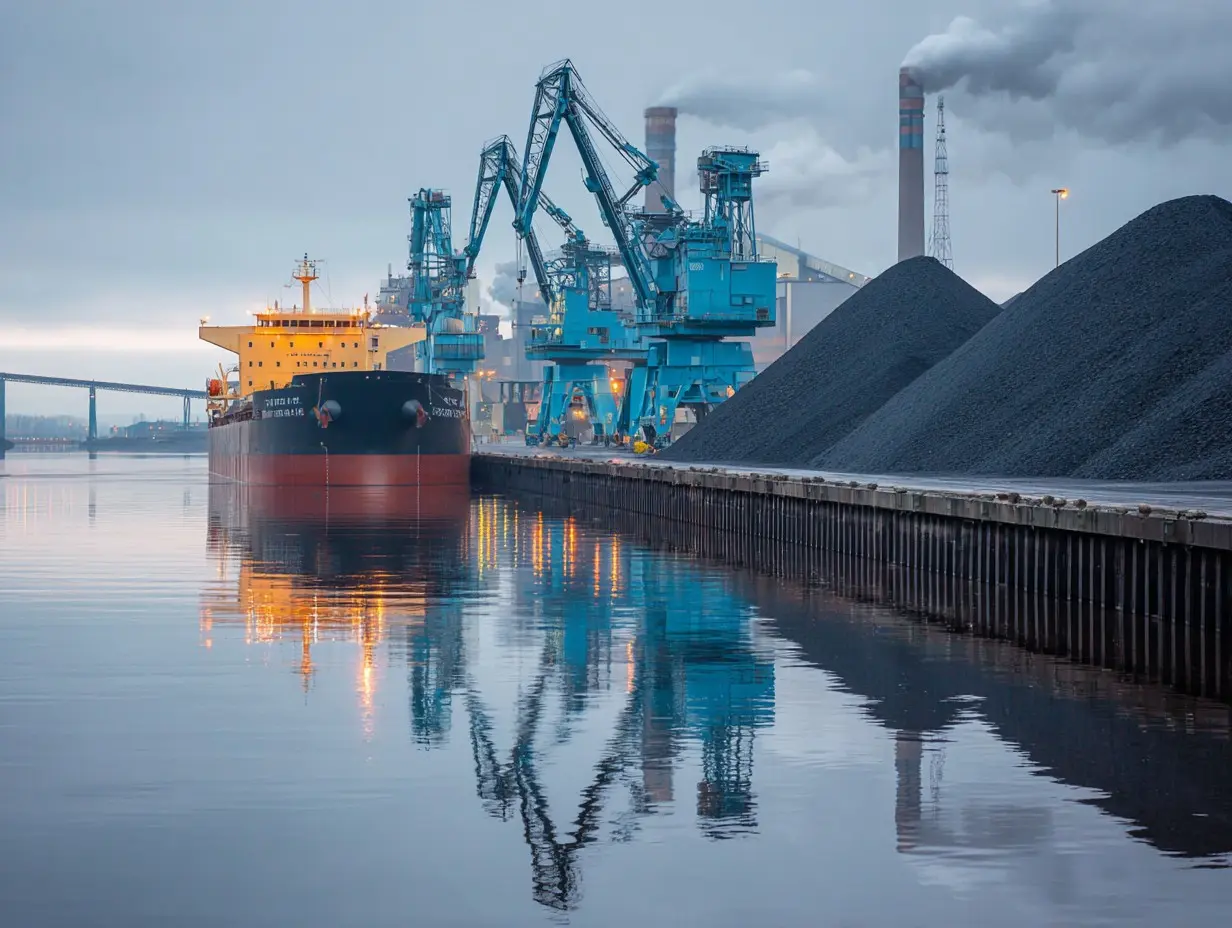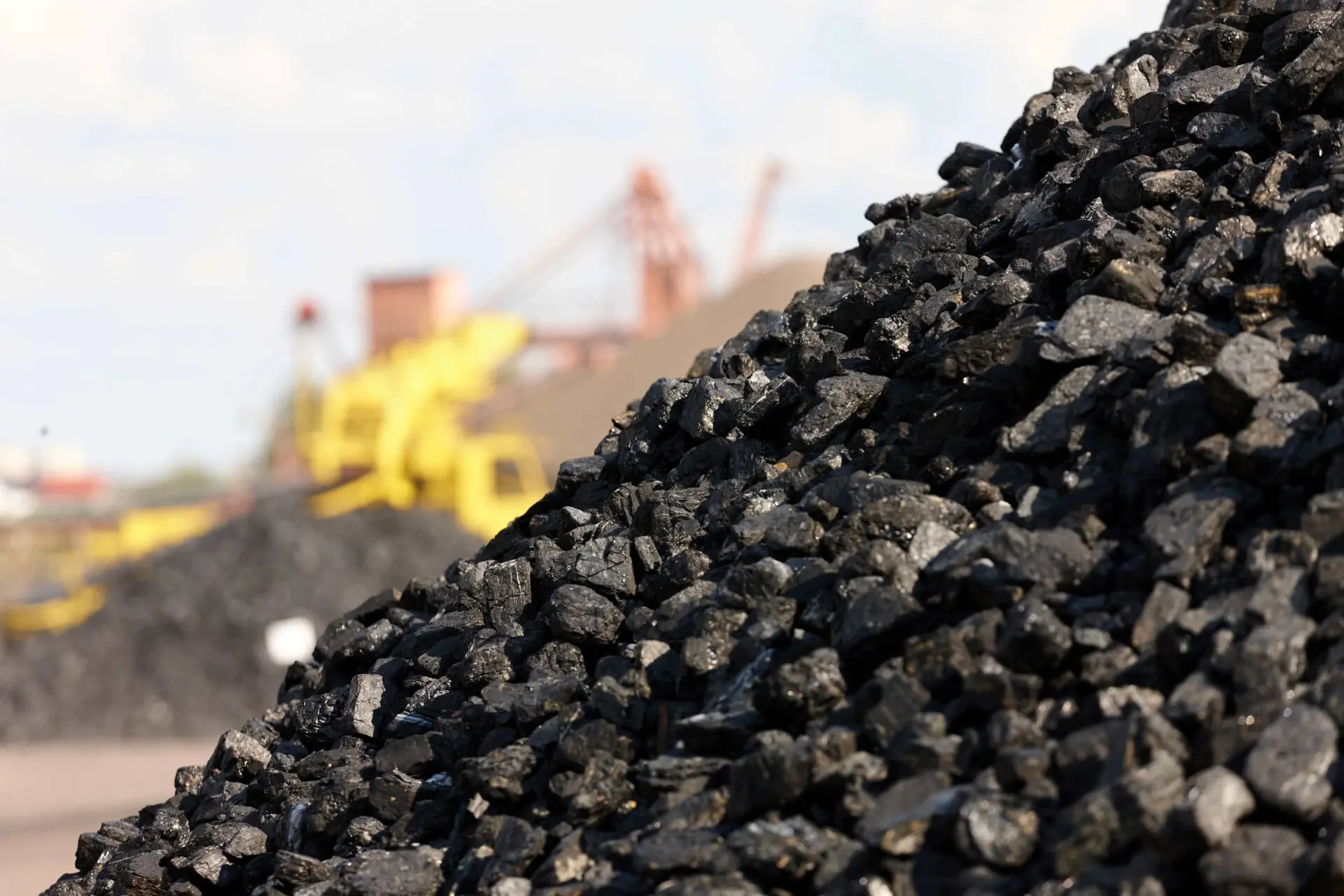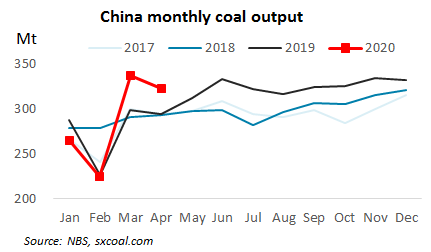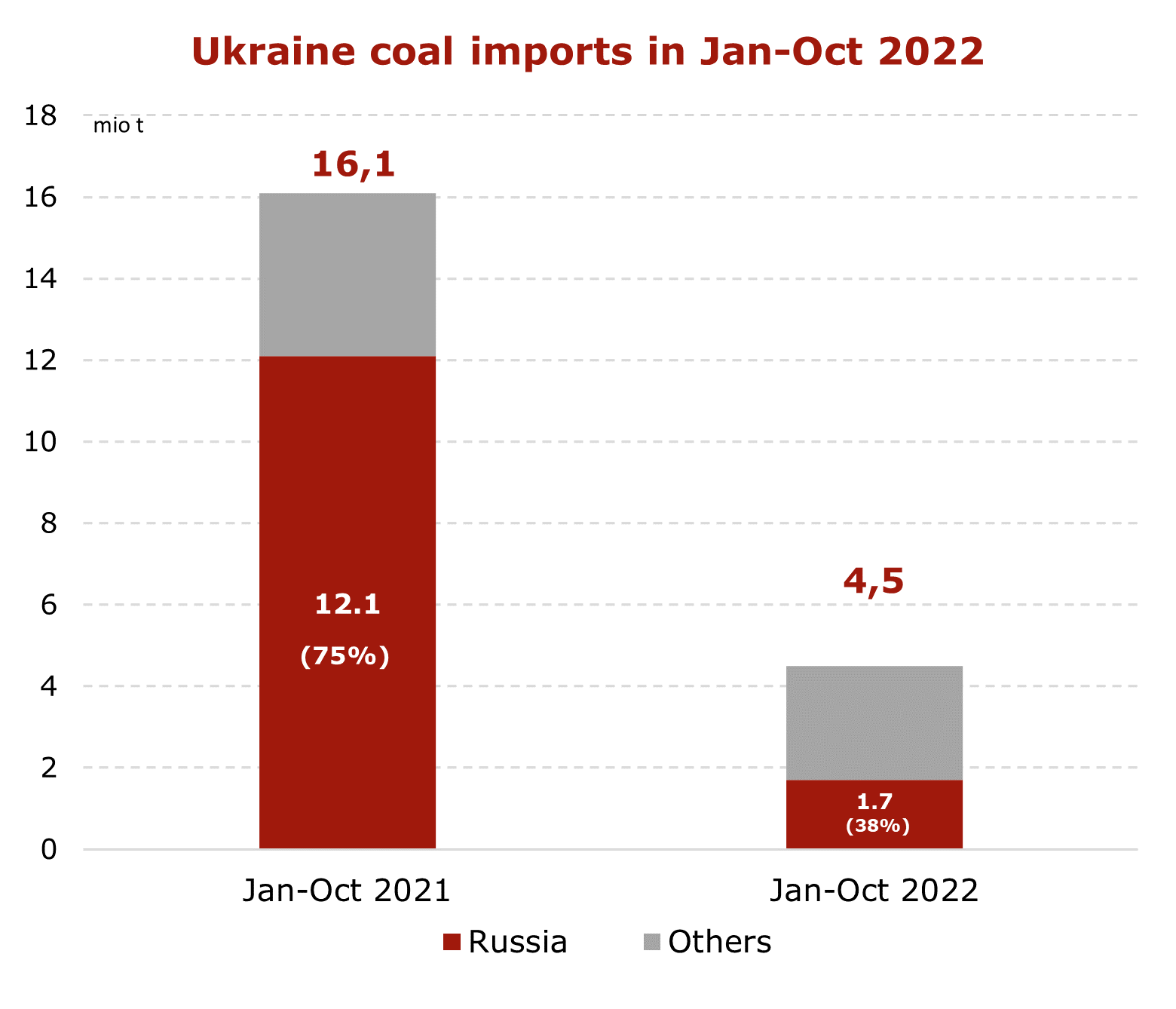
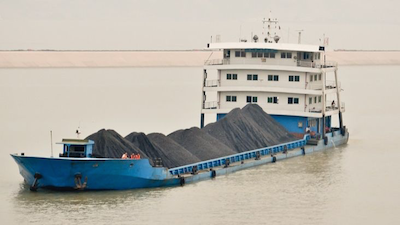
(Montel) European coal prices have held steady or firmed over the past week as a buoyant energy curve and supply disruptions offset lacklustre regional demand.
The front-month API 2 contract traded last at USD 45.50/t, in line with last Friday’s settlement, while the front year gained a marginal 0.9% to USD 54.60/t, on Ice Futures.
“The European energy curve is up quite a bit and emissions is the driver,” said a commodities analyst with a trading firm.
He noted carbon prices – which hit a near four-month high of EUR 24.68/t earlier – had broken through important resistance levels.
“It seems coal is responding to the gains in carbon, power and gas curve,” he added.
A coal analyst with a utility also said the market was mostly tracking gains in related markets, with its own supply-demand fundamentals still weak.
But he also said a rally in freight rates had further underpinned API 2 prices.
The Baltic Dry Index – which tracks global dry freight rates – has more than doubled since the start of the month to a six-month high, as Brazil ramps up iron ore export volumes and amid stronger Chinese demand.
Supply disruptions
Coal also drew some modest support from persisting concerns about disruptions to near-term supply. In South Africa, a train derailment on Thursday halted all coal deliveries to the main export hub of Richards Bay. “Seventeen wagons on a 200-wagon train have derailed,” rail operator Transnet Freight Rail’s Mike Asefovitz said, adding it was unclear when operations would resume.
“One bulldozer has arrived at the site and a second will arrive [on Friday], so it should be fixed quite quickly after that,” he said.
“Fortunately, stocks are high so there will be enough coal until [the line is cleared],” said a Pretoria-based coal analyst. While the country had been ramping up exports in recent weeks, volumes were still relatively low, he added.
At the same time, state-owned Russian Railways (RZD) is on schedule to bring online an alternative route for railed coal shipments to the cut-off port of Murmansk by next Tuesday, an RZD spokeswoman said this week, thereby alleviating concerns of a shortfall in Russian supply.
Russia’s largest coal exporter Suek declared force majeure earlier this month on exports from the key northwest export port at Murmansk, after a bridge collapse halted all coal railings to the terminal. Although RZD planned to open an alternative route to the port later this month, the bridge will not be fully repaired until October.
The RZD spokeswoman did not comment on planned capacity for the temporary route, which a source close to Suek said would only be around half the capacity of the original line. But the source also said Suek had managed to secure some alternative outlets for its exports. “We have bits and pieces loading at Ust-Luga [on the Baltic] and Taman [in the southwest] in order to cope with our obligations,” he said.
A Russian coal trader said, however, Murmansk would likely prioritise fertilizer and iron ore loadings initially and also that Suek had only secured limited export capacity from alternative hubs.
Follow Montel on Twitter:
[tfws username=”montelnews” height=”700″ width=”350″ theme=”light” color=”#FAB81E” tweets=”2″ header=”yes” footer=”yes” borders=”yes” scrollbar=”yes” background=”yes”]

